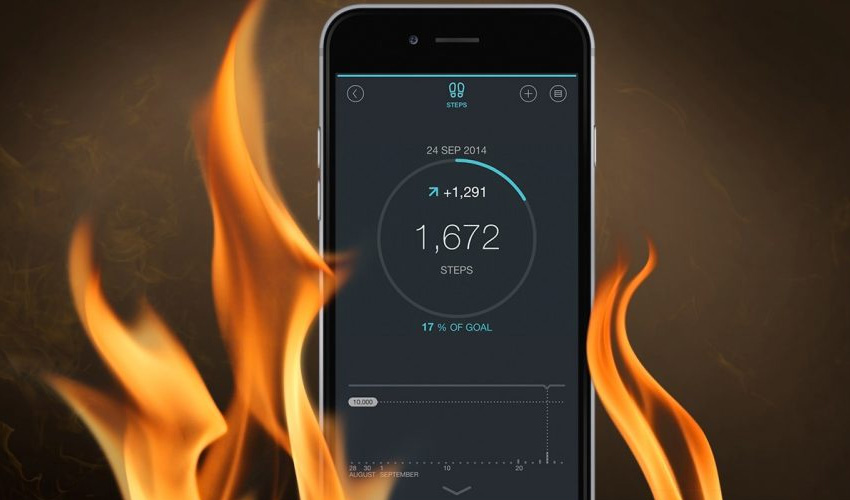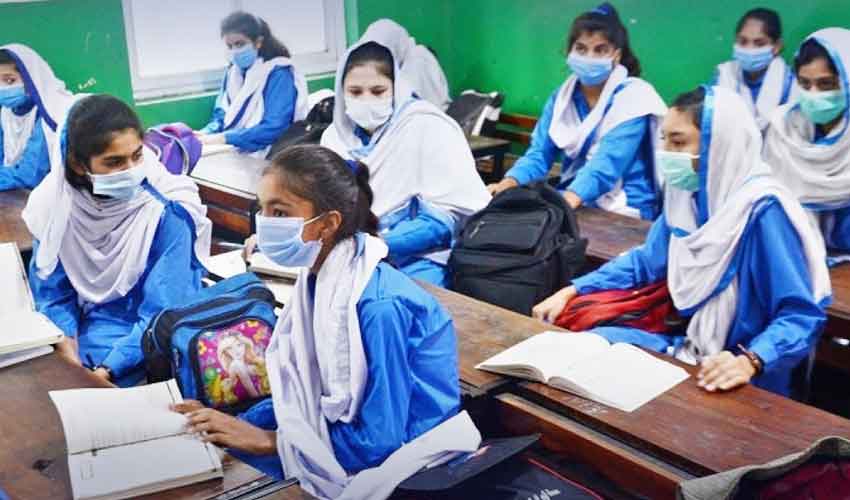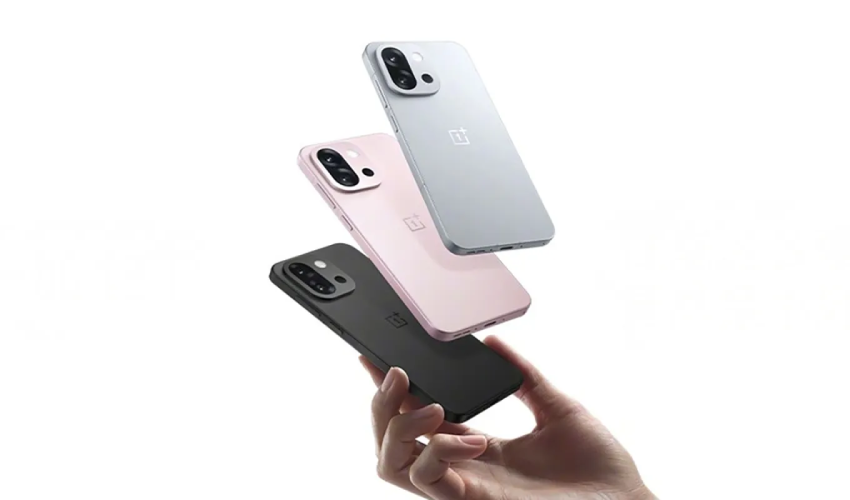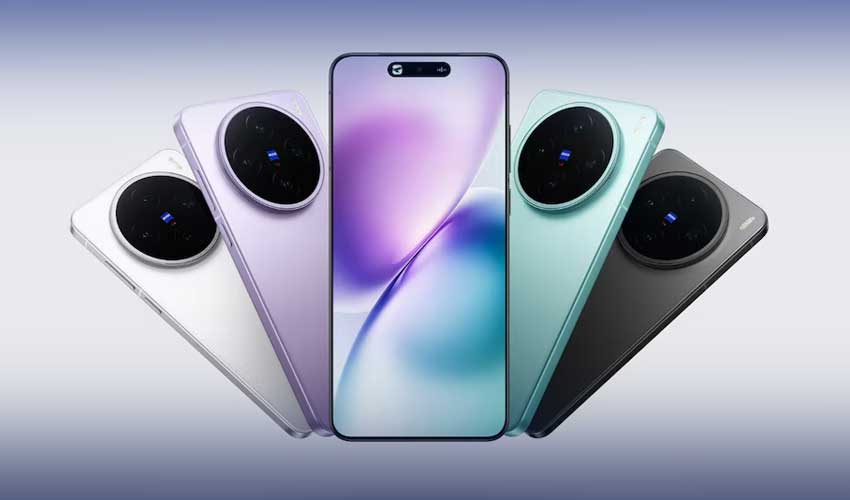In today's digital age, our smartphones have become indispensable tools, but they are also vulnerable to overheating, especially during hot weather. Overheating not only affects device performance but also poses potential risks such as reduced battery life and even the risk of fire in extreme cases. Here’s how you can protect your smartphone and other gadgets from overheating:
High temperatures can significantly impact electronic devices, including smartphones. Excessive heat can slow down your device, reduce battery efficiency, and potentially damage internal components, leading to costly repairs or even irreparable harm.
Modern smartphones are equipped with built-in temperature protection features. These features are designed to either put the device into standby mode or shut it down automatically if the temperature rises to unsafe levels. While these measures provide some level of protection, they are not foolproof against extreme conditions.
Practical tips to prevent overheating
Avoid direct sunlight: Keep your smartphone out of direct sunlight, especially during peak heat hours. Exposure to direct sunlight can quickly elevate its temperature.
Remove phone cases: Certain protective cases can trap heat, causing your phone to overheat more easily. Consider using thinner cases or removing the case periodically to allow heat to dissipate.
Limit intensive tasks: Avoid using demanding apps or activities that require high processing power for extended periods, especially in hot environments. This includes gaming, video streaming, or GPS navigation for prolonged durations.
Turn off unused features: Disable unused features like Wi-Fi, Bluetooth, and GPS when not needed. These features can contribute to heat buildup as they continuously search for signals or data.
Update software regularly: Ensure your smartphone's operating system and apps are up to date. Software updates often include optimizations that can improve device efficiency and reduce the likelihood of overheating.
Use air conditioning: If possible, keep your smartphone in a cooler environment, such as indoors with air conditioning, particularly during hot weather. Avoid leaving your phone inside a parked car where temperatures can soar quickly.
Monitor temperature: Some smartphones have apps or settings that allow you to monitor the device's temperature. Keep an eye on these indicators and take action if the temperature starts to rise.
Different smartphone manufacturers may have specific recommendations regarding temperature limits. For instance, companies like Apple and Google advise users not to expose their devices to temperatures exceeding 35 degrees Celsius when in use and 45 degrees Celsius when not in use.
While smartphones are designed to withstand a range of conditions, including moderate heat, proactive measures can significantly reduce the risk of overheating and extend the lifespan of your device. By following these simple tips and being mindful of environmental conditions, you can protect both your smartphone and yourself from the dangers associated with overheating. Stay informed, stay cool, and keep your devices safe



























